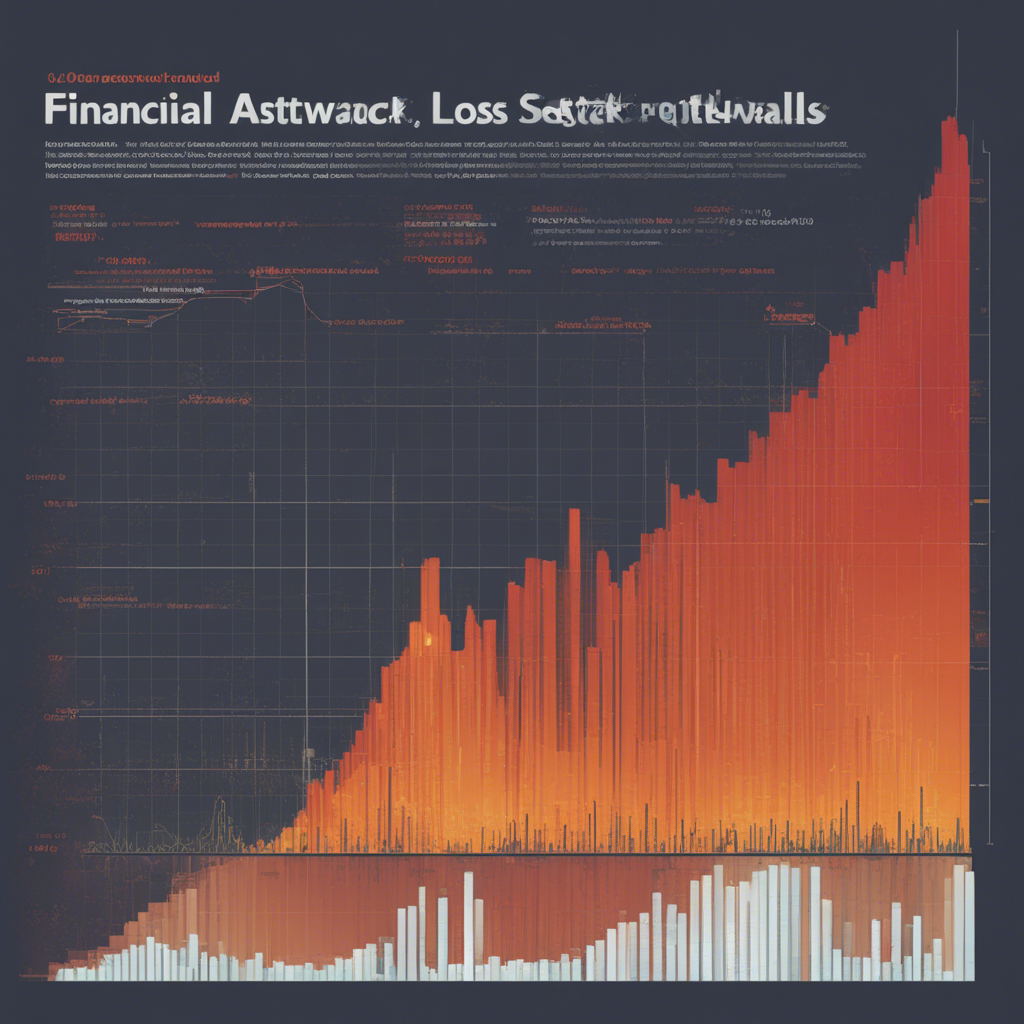
How Subscription Models are Reshaping Tech Economics
In recent years, subscription models have become increasingly popular and are reshaping the economics of the tech industry. From software to entertainment, companies are adopting subscription-based pricing models to attract customers, increase revenue, and foster long-term relationships. In this blog post, we will explore the reasons behind the rise of subscription models in the tech industry, their advantages for both businesses and consumers, as well as their potential impact on the future of the market.
The Rise of Subscription Models
Subscription-based pricing models have gained traction in the tech industry due to a variety of factors. One of the key drivers of this shift is the rise of cloud computing and digital distribution channels. With the ability to deliver services and products directly to consumers’ devices, companies can now offer subscription plans that provide access to software, media, or other digital goods on a recurring basis. This allows businesses to expand their reach, generate predictable revenue streams, and lower distribution costs.
Another major factor behind the rise of subscription models is the changing consumer behavior and preferences. Traditional pay-per-use models, which require upfront investments or one-time purchases, no longer align with the evolving needs of modern customers. Subscriptions offer greater flexibility and affordability, enabling consumers to access a wide range of products and services without heavy financial commitments. The convenience and cost-effectiveness of subscription offerings have made them highly appealing to today’s tech-savvy consumers.
Advantages of Subscription Models
Predictable Revenue Streams
For businesses, subscription models provide several advantages, the most notable being predictable revenue streams. Traditional models often rely on sporadic sales, making it challenging for companies to accurately forecast future earnings. Subscription-based pricing, on the other hand, allows businesses to calculate and project revenue based on recurring payments from subscribers. This predictability facilitates better financial planning, resource allocation, and overall decision-making for the organization.
Increased Customer Lifetime Value
Subscription models also tend to increase customer lifetime value (CLV). By offering ongoing value and building long-term relationships, businesses can retain customers for extended periods, resulting in higher profits over time. Additionally, subscription models encourage customer loyalty, as customers are less likely to churn or switch to a competitor if they are satisfied with the ongoing benefits they receive. This increased CLV translates into improved profitability and brand loyalty for businesses in the long run.
Lower Customer Acquisition Costs
Acquiring new customers can be a costly process for businesses, especially when it involves expensive marketing campaigns or sales efforts. Subscription models help reduce customer acquisition costs by focusing on attracting committed subscribers rather than one-time buyers. Once the initial investment in customer acquisition is made, recurring revenue from subscriptions offsets the cost and contributes to higher profitability in the long term.
Flexibility and Convenience for Consumers
From a consumer perspective, subscription models offer greater flexibility and convenience. Instead of making large upfront payments or purchasing products outright, consumers can access a wide range of services and digital goods through affordable monthly or annual subscriptions. This allows them to experiment with different offerings, scale their usage based on their needs, and easily switch between services if they find a better fit. Consequently, consumers have a greater degree of control over their spending and can select the subscriptions that align with their preferences and budgets.
Implications for the Future
The growing adoption of subscription models in the tech industry is likely to have significant implications for the future of the market. As more businesses embrace this pricing model, the competitive landscape will evolve. Companies that fail to adapt and offer compelling subscription-based offerings may risk losing market share to competitors who provide greater value and flexibility to consumers.
Additionally, the extensive collection of user data that subscription models generate can be leveraged for improving services and personalizing customer experiences. By analyzing subscriber behavior and preferences, companies can refine their products and offerings, leading to better customer satisfaction and ultimately, increased revenue.
However, it is important for businesses to strike a balance between the benefits of subscription models and the potential challenges they might face. Subscription fatigue is a real concern, as consumers may become overwhelmed with multiple subscriptions for various services. To address this, companies should focus on delivering differentiated value, constantly innovating, and continuously improving their offerings to stand out in a crowded market.
In conclusion, subscription models have reshaped the economics of the tech industry by providing businesses with predictable revenue streams, increased customer lifetime value, and lower customer acquisition costs. Moreover, these models offer flexibility, affordability, and convenience to consumers. As the technology landscape continues to evolve, subscription-based pricing is likely to remain a dominant force, driving innovation and transforming how businesses deliver and monetize their products and services.
References:
- Jia, M., & Zhang, F. (2018). The causal effect of subscription pricing on consumer demand: Evidence from a field experiment. Management Science, 66(7), 3094-3113.
- Hong, S. C., & Seru, A. (2017). Understanding the rise of consumer finance: Evidence from the automobile industry. Journal of Finance, 72(5), 2283-2328.
- Ward, H., Araya, I., & Rogers, A. (2014). Adoption of subscription-based pricing in mobile app markets. Journal of Marketing Research, 51(6), 767-780.






